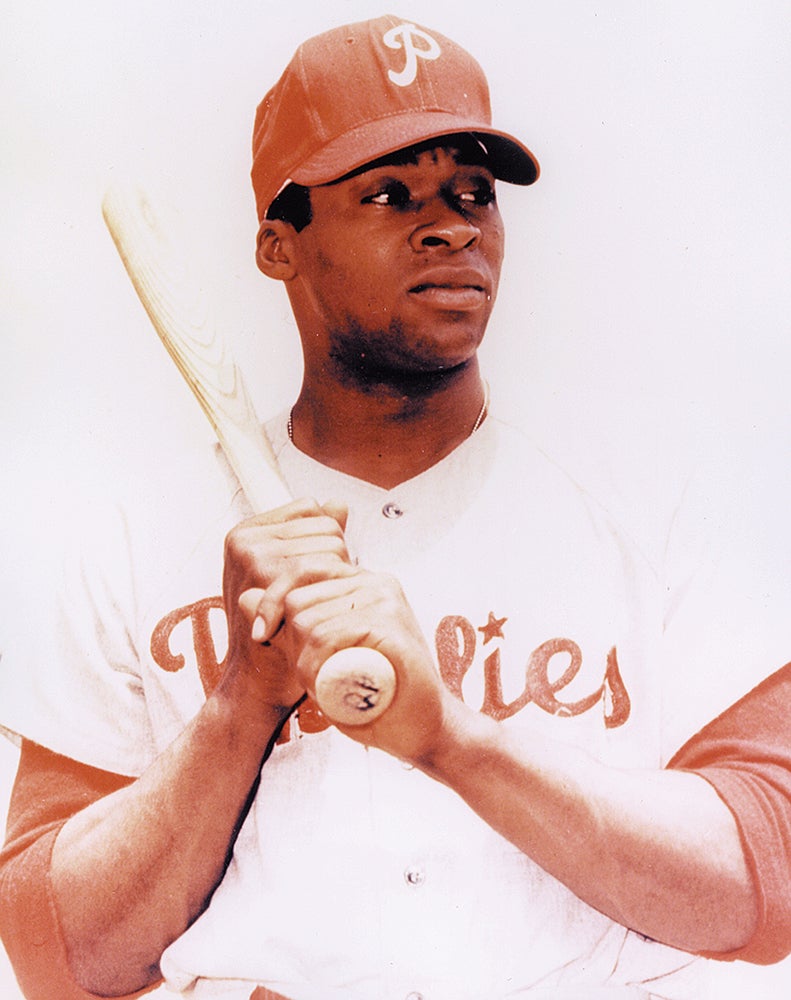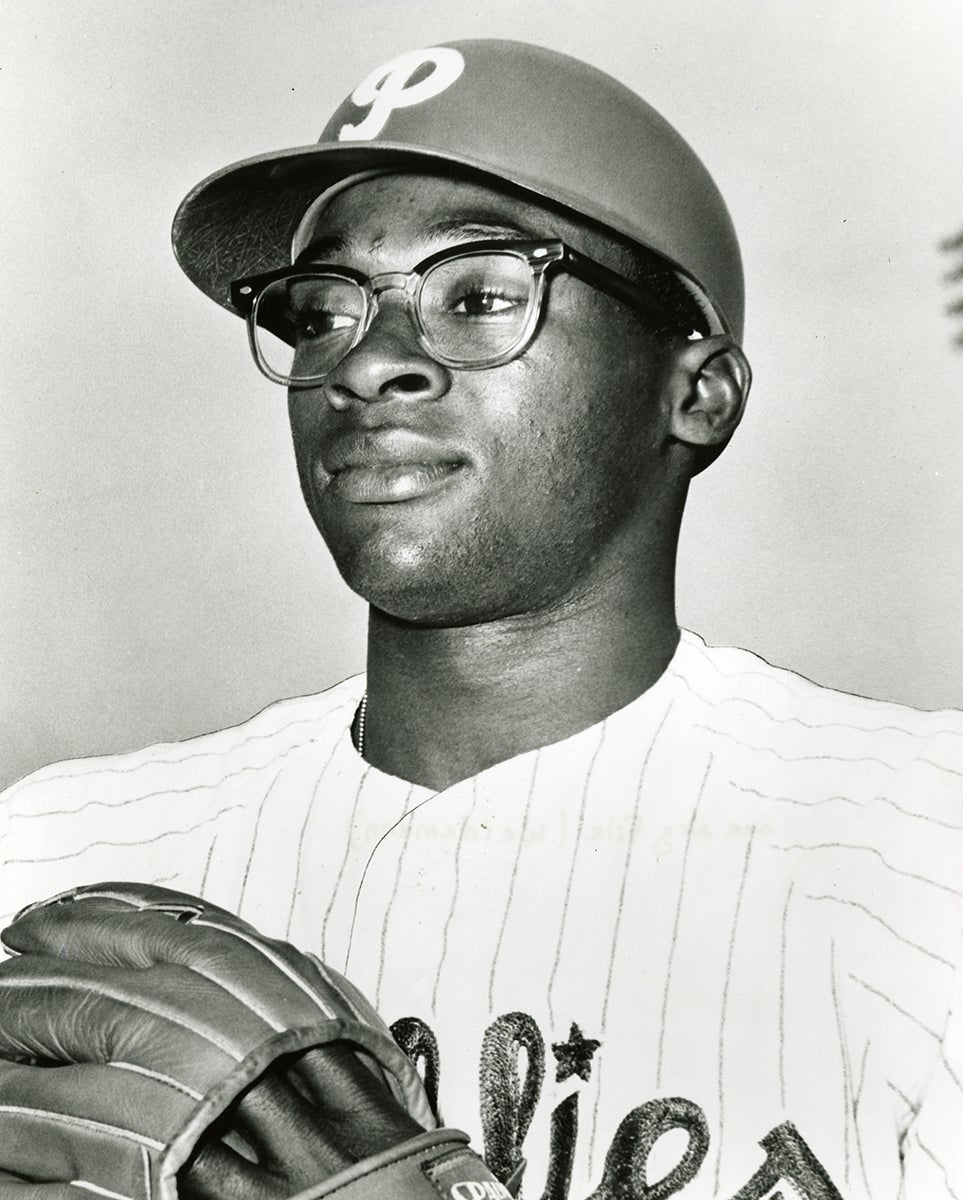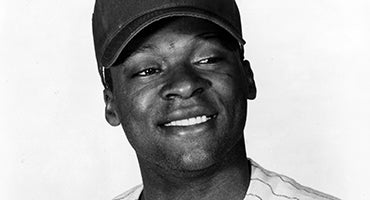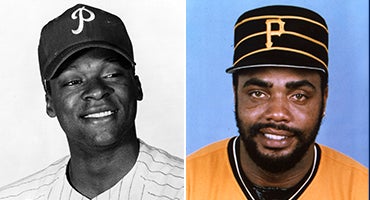- Home
- Our Stories
- Allen shows prodigious power with blast out of Connie Mack Stadium
Allen shows prodigious power with blast out of Connie Mack Stadium
Dick Allen was already a star when he approached home plate with his customary 42-ounce bat in the first inning on May 29, 1965.
With one swing, Allen became a legend.

Allen hit a 1-and-1 changeup from the Cubs’ Larry Jackson clear out of Philadelphia’s Connie Mack Stadium, driving in Johnny Callison and providing the winning runs in what would become a 4-2 Phillies victory. But the story of the day was not wins and losses but rather Allen’s massive power.
Philadelphia Inquirer writer Allen Lewis, who would go on to be named one of the 1981 winners of the Baseball Writers’ Association of America’s Career Excellence Award, described the blast as “…a tremendously high drive toward left-center that just kept going and going. It cleared the soft drink sign atop the left field stands by plenty, cleared the roof and landed well up on Woodstock Street.”
An usher in a ticket booth retrieved the ball, and Lewis reported that Phillies publicist Larry Shenk estimated the blast traveled 500 feet. Shenk later calculated – after walking the distance – the ball to have gone 529 feet.
“I didn’t clock it,” Allen told the Inquirer, downplaying a discussion whether it was the longest ball he had ever hit. “I didn’t see it, but I knew I hit it good. It’s about the first one in three months that felt good.”
Allen entered the game hitting .323 with eight home runs but had been in a bit of a slump after topping out at a .394 batting average on May 2. But his manager, Gene Mauch, marveled at Allen’s pure power.
“The funny part is that he didn’t look good hitting it,” Mauch told the Inquirer. “He actually fell into the ball, which shows what a hitter like he can do. I’ve seen him hit balls better.”

Allen had been hitting balls all over the National League for more than a year, winning the NL Rookie of the Year Award in 1964 after hitting .318 with league-best totals in runs (125), triples (13) and total bases (352) – becoming the first NL rookie to lead the league in total bases since Charlie Hollocher in 1918.
But unlike Hollocher, who had just two home runs, Allen was a long ball threat every time he batted, totaling 29 homers with a bat that outweighed the average lumber by six-to-eight ounces.
“I’m just swinging the same way I did last year,” Allen told the Associated Press in May. “I just look for a good ball to hit. If a ball is nine miles outside and I get good wood on it, the pitch is a strike to me.”
Allen would finish the 1965 season hitting .302 with 31 doubles, 14 triples, 20 homers and 85 RBI. It marked the second of nine straight years where Allen had at least 20 home runs – a streak that likely would have extended to 11 seasons had Allen not suffered a broken leg in 1973.
In 15 big league seasons – only 11 of which saw Allen play at least 100 games – he hit 351 home runs while leading his league in OPS four times.
Allen was elected to the Hall of Fame as a member of the Class of 2025.
“Allen,” said Gene Mauch, “is some ballplayer.”
Craig Muder is the director of communications for the National Baseball Hall of Fame and Museum



